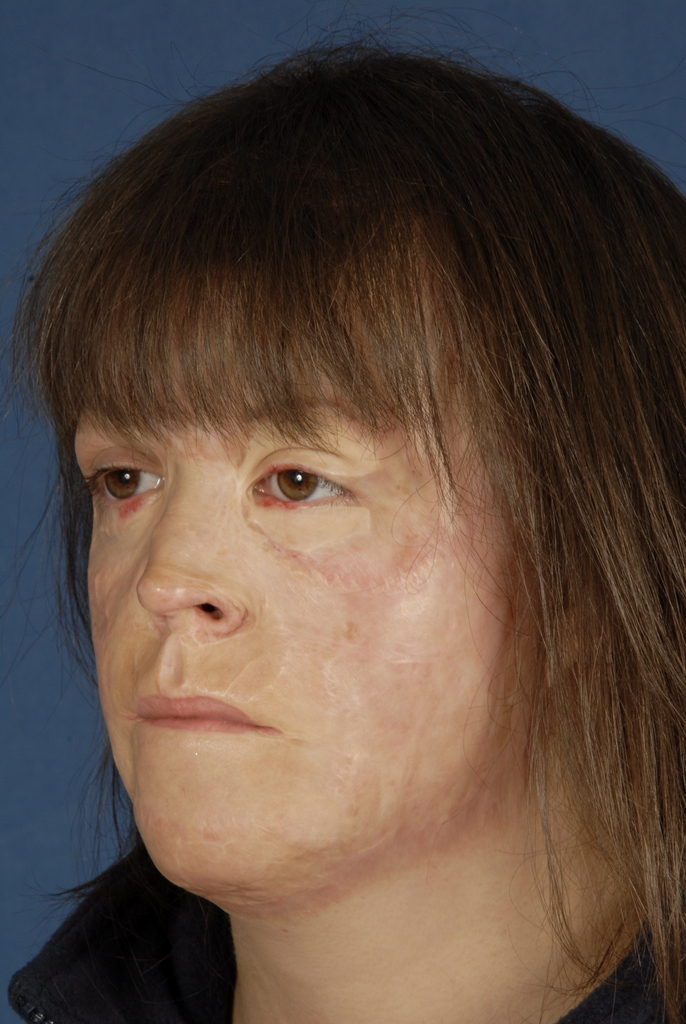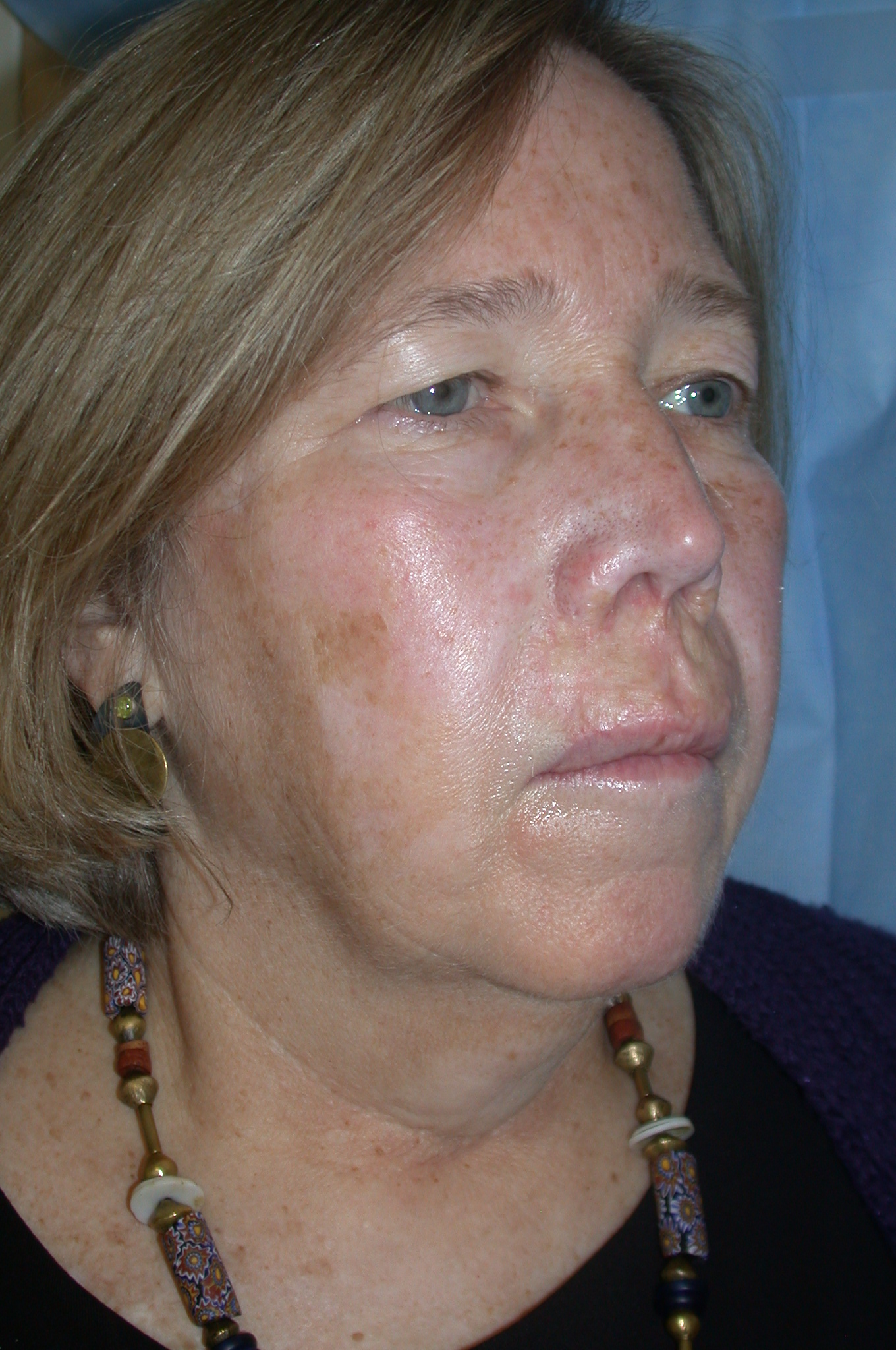Back to 2016 Annual Meeting
32-Year Experience with Schmid Grafts for Philtral Reconstruction
Branko Bojovic, MD, Alexander Woollard, MBBS, Matthias Donelan, MD.
Shriners Hospitals for Children - Boston, Boston, MA, USA.
BACKGROUND: Burns of the upper lip, and the skin grafts used to repair these defects, all contract as they heal. This leads to a distortion of the regional tissues producing a flattened upper lip devoid of normal anatomic landmarks. Philtral reconstruction is a challenging region of the face to reconstruct after burn injury. A 3-D philtrum must be constructed to resist contractile forces and maximize the normal relationships between upper and lower lips, while still being able to release all contractures as much as possible and thereby restore a "normal" appearance.
METHODS: A 32-year retrospective review was performed of all cases of philtral reconstruction using a Schmid graft by a single surgeon's refined technique and experience. A total of 10 patients were identified and each case was analyzed with follow-up examination, clinical evaluation, and photographic documentation facilitating data acquisition.
RESULTS: A total of 5 males and 5 females were identified during the study period with a follow up of 3 months to 30 years. Age at time of operation ranged from 15 to 53 years old. Percent TBSA ranged from <1% to >90%. Previous upper lip grafts prior to Schmid graft placement included 7 FTSGs and 3 STSGs. No remarkable complications were noted in the study period. All patients were satisfied with the end aesthetic result and donor site morbidity.
CONCLUSIONS: Philtral reconstruction using Schmid grafts diminish the obvious visible deformity of a featureless upper lip thereby minimizing the abnormal color and texture of a graft and greatly enhancing the aesthetic appearance of the upper lip by restoration of normal contour and facilitating camouflage of the burn scar deformity.
 
 
Back to 2016 Annual Meeting
|
